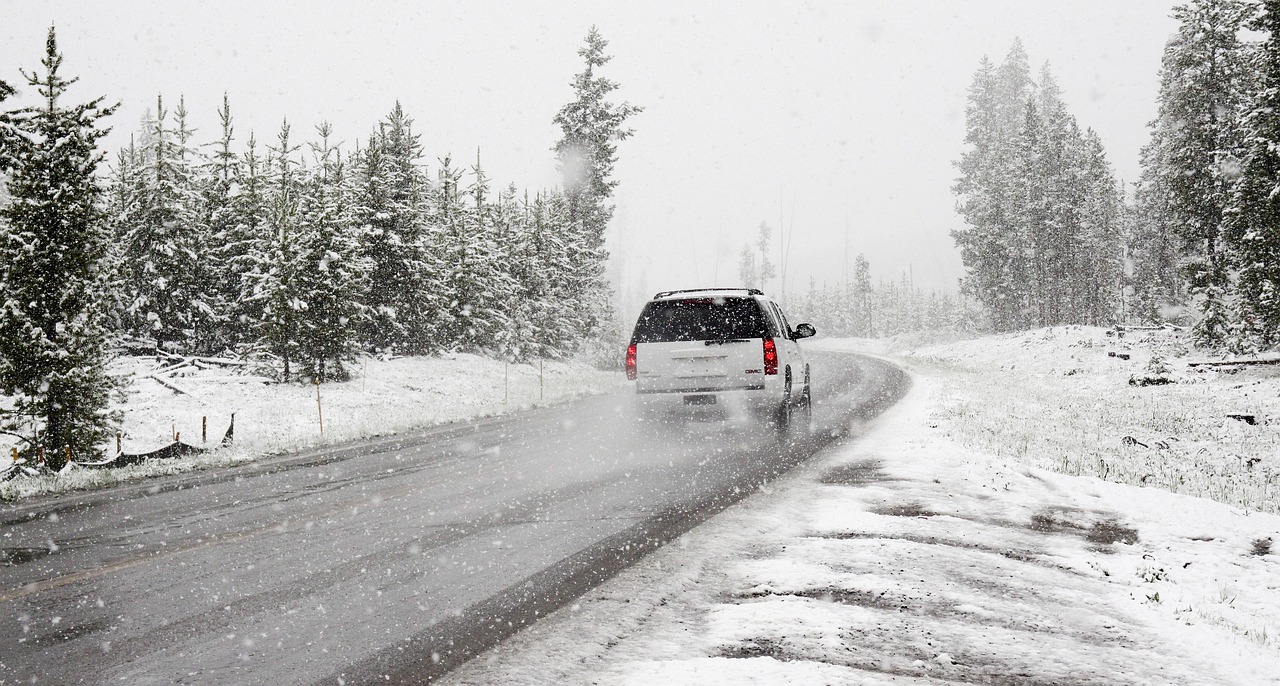
Essential Guide to Winterizing Your Car
The onset of the winter season requires special attention from motorists. With the cold weather, the most unpleasant surprises can happen on the roads. Ice, puddles of melted snow, and other seasonal conditions can be a serious challenge for a vehicle. Properly preparing your car for winter ensures you don’t have to worry about getting to your destination quickly and safely. Ensuring timely maintenance is crucial for a car to serve its owner for a long time.
Checking Tire Pressure for Winter
Each vehicle has specific tire pressure recommendations. If the indicator is below the established limit, it is essential to restore it promptly. Otherwise, the motorist risks encountering various troubles, including slipping on winter roads. This situation occurs when low pressure causes the tread to close. Incorrect pressure can also create a risk of skidding.
Battery Check Before Winter
On average, the service life of a car battery is 3-5 years. However, critical wear can occur much earlier. Preparing a car for winter involves replacing the battery if it has reached its limit. In winter, the battery faces additional loads, so it can fail faster.
Even if the battery is in perfect order, you should check the electrolyte level. Pay attention to the condition of the wires at the connection point. There should be no traces of rust on their surface. If rust is detected, a toothbrush or baking soda will remove it.
Car Maintenance Before Winter
Before embarking on a winter trip, check the oil and antifreeze levels. Oil allows you to wash parts, forming an additional protective layer on their surface. It helps reduce wear due to constant friction. The oil should maintain medium viscosity. Its level gradually increases with operation, leading to overheating of the moving elements. In winter, using high-quality oil is crucial to avoid breakdowns along the way.
Checking the antifreeze level is also necessary. It protects the engine from freezing. Ensure the amount of antifreeze and liquid in the cooling system is in the required proportion. If the antifreeze has evaporated over the previous season, the system will perform its duties worse.
Car tips for cold weather also include using a full tank. In winter, a half-empty tank can lead to condensation. The condensation gradually flows into the fuel line and can freeze there, blocking the fuel access path to the engine.
Ensuring Heating and Air Conditioning Systems are Functional
Make sure that the air conditioning system is in good condition. The heater inside the cabin maintains an optimal temperature and prevents windows from fogging up, which would otherwise impair visibility. Replace cabin filters if such actions have not been carried out for a long time.
Windshield Wipers and Visibility
Another problem that you may encounter in winter is the failure of your windshield wipers. Driving in snow should only be done if the windshield and rear windshield blades have been recently replaced. Most of these elements are made of rubber, which cracks over time, leading to reduced effectiveness. Therefore, check and replace your windshield wiper blades before the onset of cold weather.
Essential Winter Tools and Items
In winter, having various items and tools on hand is crucial for easy restoration work. Among them are:
- Flashlight
- Scraper for removing snow or ice
- Means for defrosting the door lock
- Tow rope
- Engine cigarette lighter
- Warning triangle
Ensure you have a set of tools for minor repairs while on the road.
Preparing Car Wheels for Winter
With the onset of cold weather, motorists usually change the tires they will use throughout the next season. Replacement should be carried out when the average daily temperature drops to +7 degrees. Various types of winter tires are available in the American market, differing in composition and climatic purposes.
Studded Tires
In the northernmost states, studded tires are often used. These tires feature metal studs that bite into ice and compact snow, providing a high-quality grip on the surface. Contact with the road improves on slippery surfaces, offering complete control over the vehicle.
Friction Tires
Friction winter tires come in two types. European friction tires are used in regions with relatively warm and mild winters. Even if snow falls in large quantities, it usually melts quickly. Scandinavian-type tires are used in heavy snowfall conditions with a large amount of ice on the road. This type of rubber has a soft tread, allowing it to “stick” to the snow cover and grip even small bumps. Friction tires are similar in characteristics to studded tires. Their main advantage is lower cost and reduced noise level when driving.
Anti-Corrosion Treatment for the Underbody
Protecting the car body from rapid destruction in winter is an important task for every motorist. Before the start of the new cold season, carefully inspect the underbody. It is best to carry out this work using an inspection hole. If signs of rust or rot are detected, treat these surfaces properly. Most often, bitumen mastic or special anticorrosive material is used. These agents are suitable for the underbody and the fender liners. Before applying chemicals, degrease the surface and remove dirt from it.
Checking Shock Absorbers for Winter Driving
In winter, shock absorbers provide more effective control over the car, so they must remain in good condition. Typically, these elements fail gradually, so a thorough diagnosis is essential. Conduct a visual inspection of the shock absorbers. If traces of corrosion are noticeable on the parts’ surfaces, consider replacing them. Also, rock the car by pressing hard on the front and rear of the body and observing how it returns to its original state. If it returns jerkily and with a crunching sound, replacement is required.
Safe Winter Driving Tips
In winter, be more careful on the road and perform your usual maneuvers with added caution. This will help avoid skidding and maintain full control of the car in any situation.
By following these tips and ensuring your vehicle is well-maintained, you can navigate the winter roads with confidence and safety. Proper preparation not only protects your car but also ensures the safety of you and your passengers. Stay vigilant and proactive to enjoy a trouble-free winter driving experience.
